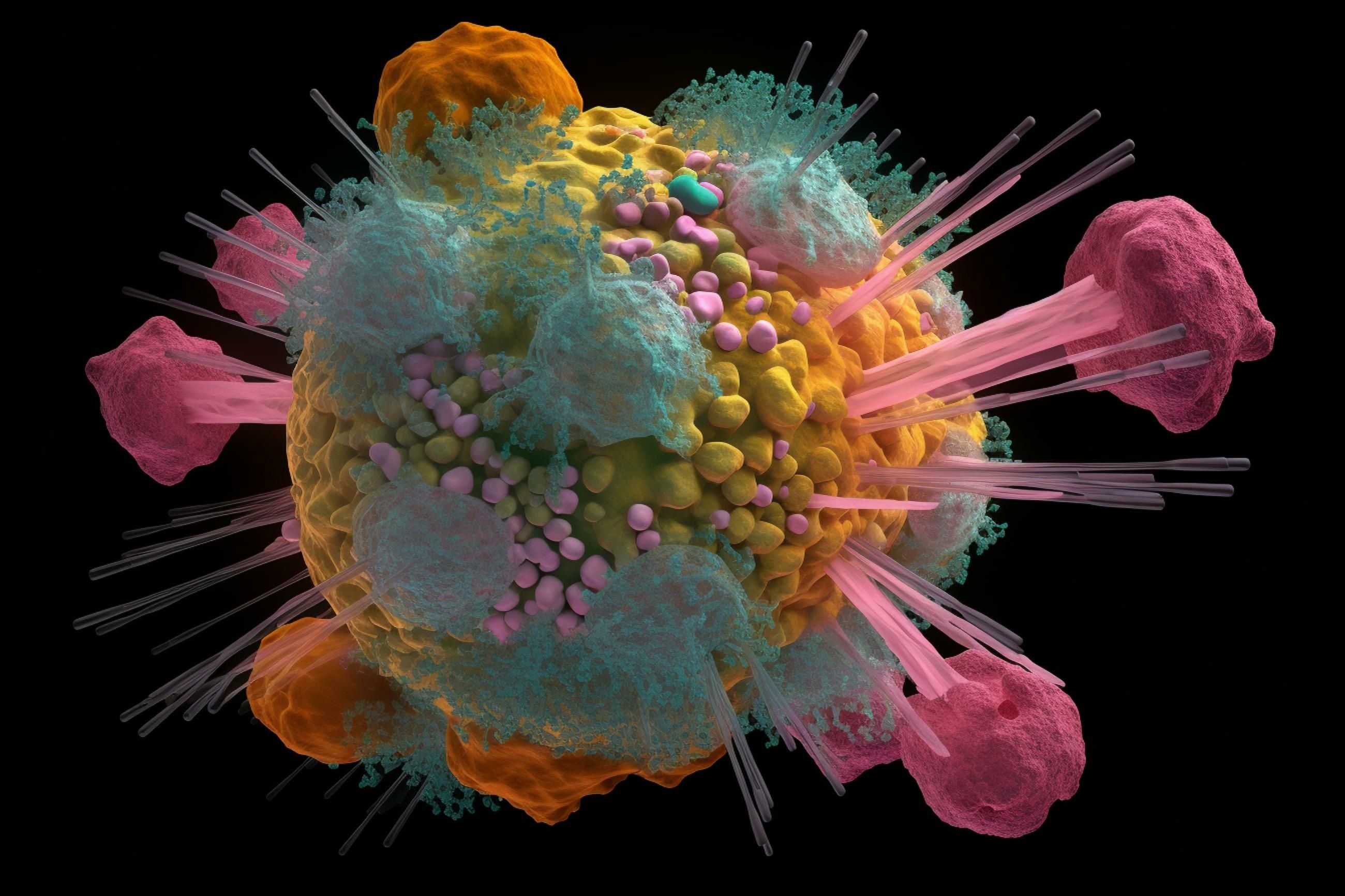News
Article
Embracing a Precision Medicine Approach to KRAS G12C–Mutated Advanced NSCLC With Adagrasib
Author(s):
Precision medicine revolutionized NSCLC treatment, targeting specific mutations like KRAS G12C with therapies such as adagrasib to improve patient outcomes.
Today, we understand that non–small cell lung cancer (NSCLC) is a heterogenous disease that requires a precision medicine approach to improve outcomes for patients, explained Sandra Cuellar, PharmD, BCOP, FHOPA, FASHP, clinical associate professor and coordinator for oncology therapeutics in the Department of Pharmacy Practice at the University of Illinois at Chicago (UIC) College of Pharmacy, during a presentation at the Hematology/Oncology Pharmacy Association Annual Conference 2024 in Tampa, Florida.Until that truth was embraced, patient outcomes from treatment were consistently poor, according to Cuellar.1
“When I came to UIC and treated patients with stage 4 [NSCLC], it was all the same. Everyone got [carboplatin and paclitaxel (carbotaxol)],” Cuellar said during the session. “That was based on the popular study that everyone should know: the Schiller [study].”1
Published in 2002, Schiller et al showed that carbotaxol had a lower rate of toxic effects than the other 2 regimens assessed, which included cisplatin and gemcitabine, and cisplatin and docetaxel. The authors observed that all 3 of these chemotherapy regimens in patients with NSCLC who have a good performance status could moderately improve survival at 1 and 2 years. Based on the results, Eastern Cooperative Oncology Group (ECOG) chose carboplatin and paclitaxel as its reference regimen.2
“The Schiller data told us that any platinum doublet is okay, but ECOG recommended carbotaxol,” Cuellar said during the session. “So that's all we did was carbotaxol, carbotaxol. When they would progress, they would go onto docetaxel.”1
With carbotaxol, progression-free survival (PFS) was about 10 months, according to Cuellar. If patients were given docetaxel monotherapy and combination options (docetaxel and ramucirumab) in the second-line, they would have suboptimal outcomes (mPFS=2.8 months and 4.5 months, respectively).1
“Back then in my early years in oncology, I would go to ASCO, full of ambition and hear the data on [NSCLC]. It was one negative trial after another negative trial after another,” Cuellar said during the session. “Then finally the skies parted, and we recognized what we've known all along—that [NSCLC] is not a very heterogeneous disease, but we're treating it as a one size fits all. So, once we discovered and recognized [that] and created therapies to target that heterogeneity of disease, then we started making progress.”1
For this reason, for patients with NSCLC, when a mutation target is identified and treated with a targetable agent, outcomes are better than with systemic chemotherapy, according to Cuellar. Today, mutation targets consist primarily of KRAS G12C (14%) and EGFR (15%), although other mutations include ALK (5%), MET (3%), ROS1 (2%), BRAF (2%), HER2 (2%), RET (2%), PIK3CA (1%), NTRK1 (1%), as well as other KRAS mutations (11%), according to Cuellar.1
“KRAS is an oncogene. I like to think about it as the name of the street. But that street has many different addresses,” Cuellar said during the session. “The point mutation that we’re talking about today is G12C, where there’s that single point mutation between 2 amino acids at codon 12. That single point mutation leads to uncontrolled proliferation of that cancer cell.”1
The therapy adagrasib (Krazati; Mirati Therapeutics) only targets KRAS G12C, which Cuellar explained is like the address on the oncogene street.1
“The address is G12C on the KRAS street,” Cuellar said. “When we look at patients who have this particular mutation, it primarily is an adenocarcinoma, and a very small amount is squamous. These patients have a poor prognosis. In particular, these patients are known to develop [central nervous system (CNS)] involvement.”1
Since the actual course of disease will eventually involve the CNS, the treatments selected should have CNS activity, Ceullar explained. A similar approach has played out in targeting mutations such as ALK as well, but in KRAS G12C, this approach is particularly important because a subset of patients is likely to develop CNS disease. Specifically, during the course of the disease, 40% of patients with KRAS G12C–mutated advanced NSCLC develop brain metastasis.1
Image Credit: © Maxim - stock.adobe.com

In the KRYSTAL-1 trial (NCT03785249), patients were enrolled to assess the efficacy and safety of adagrasib in 116 patients with KRAS G12C–mutated, locally advanced or metastatic NSCLC. The primary endpoint of the trial was objective response rate, which was 43% (n=116; 95% CI: 34-35). Secondary endpoints were median duration of response at 8.5 months (n=116; 95% CI: 6.2-13.8); median time to response at 1.4 months (n=116; 95% CI: 0.9-7.2); median overall survival at 12.6 months (n=116; 95% CI: 9.2-19.2); and median PFS at 6.5 months (n=116; 95% CI: 4.7-8.4).1
Based on these data, adagrasib was granted accelerated approval by the FDA in December 2022, according to Ceullar. Additionally, the National Comprehensive Cancer Network (NCCN) recommended adagrasib as a subsequent therapy option for patients with KRAS G12C–mutated advanced NSCLC after progression of disease.1
“[Adagrasib] has a category 2A recommendation [from NCCN] in [NSCLC] and in the second-line setting in patients with KRAS G12C,” Ceullar said during the session. “[Adagrasib] also has a category 2A recommendation in CNS cancers for KRAS G12C.”1
REFERENCES
- Cuellar S. How Is the Treatment of Patients With KRAS G12C-Mutated Advanced NSCLC Evolving? Presented at: Hematology/Oncology Pharmacy Association Annual Conference 2024; Tampa, Florida; April 3-6, 2024.
- Schiller JH, Harrington D, Belani CP, et al. Comparison of four chemotherapy regimens for advanced non-small-cell lung cancer. N Engl J Med. 2002;346(2):92-98. doi:10.1056/NEJMoa011954






